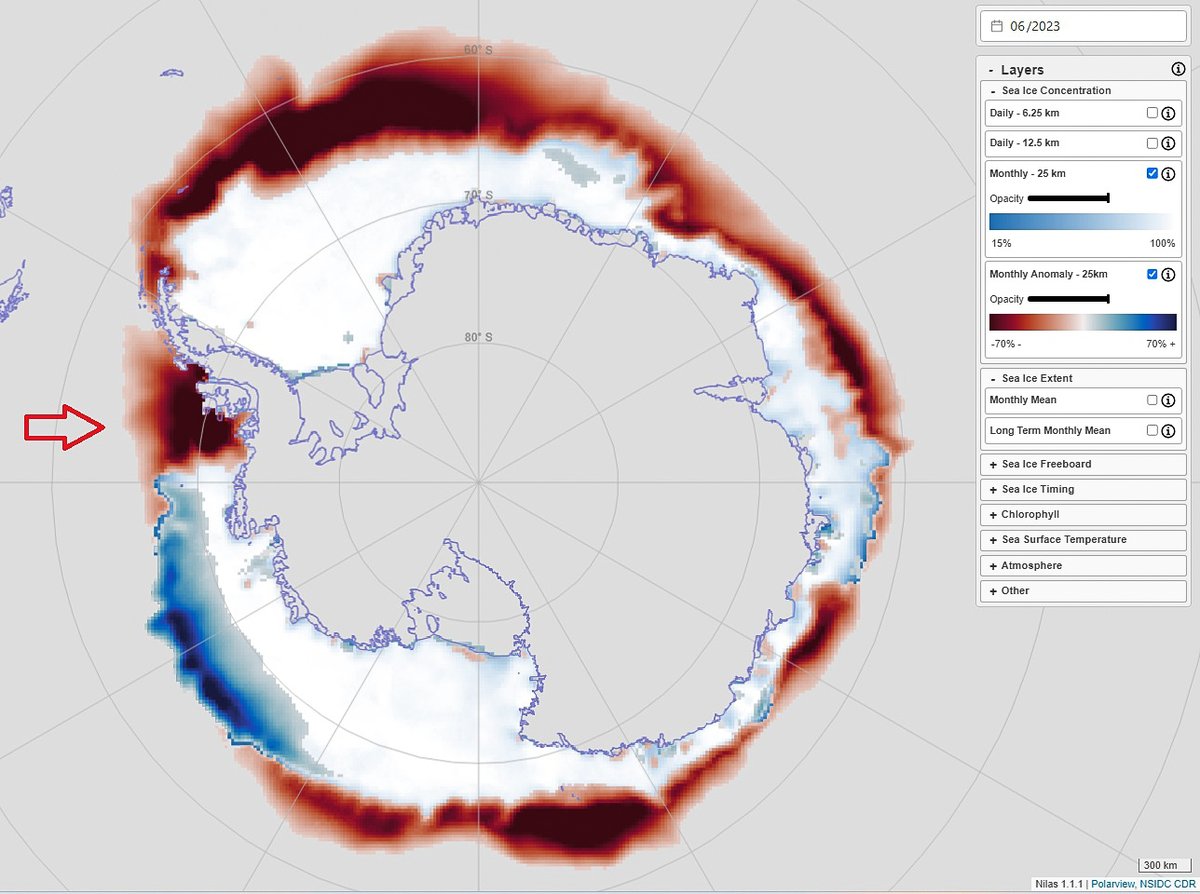
$50M program to understand the role of the Antarctic and Southern Ocean in the global climate system and implications for marine ecosystems. Led by @UTAS_.
How to get URL link on X (Twitter) App


 This map from @NSIDC and @NASAEarth shows sea ice concentration on 17 June. The orange line is the typical extent for that day based on the average from 1981 to 2010. Some coastal regions are now ice-free where that has not been observed before.
This map from @NSIDC and @NASAEarth shows sea ice concentration on 17 June. The orange line is the typical extent for that day based on the average from 1981 to 2010. Some coastal regions are now ice-free where that has not been observed before. 

https://twitter.com/AntarcticSciAus/status/1660506766634024961

 2/6
2/6

